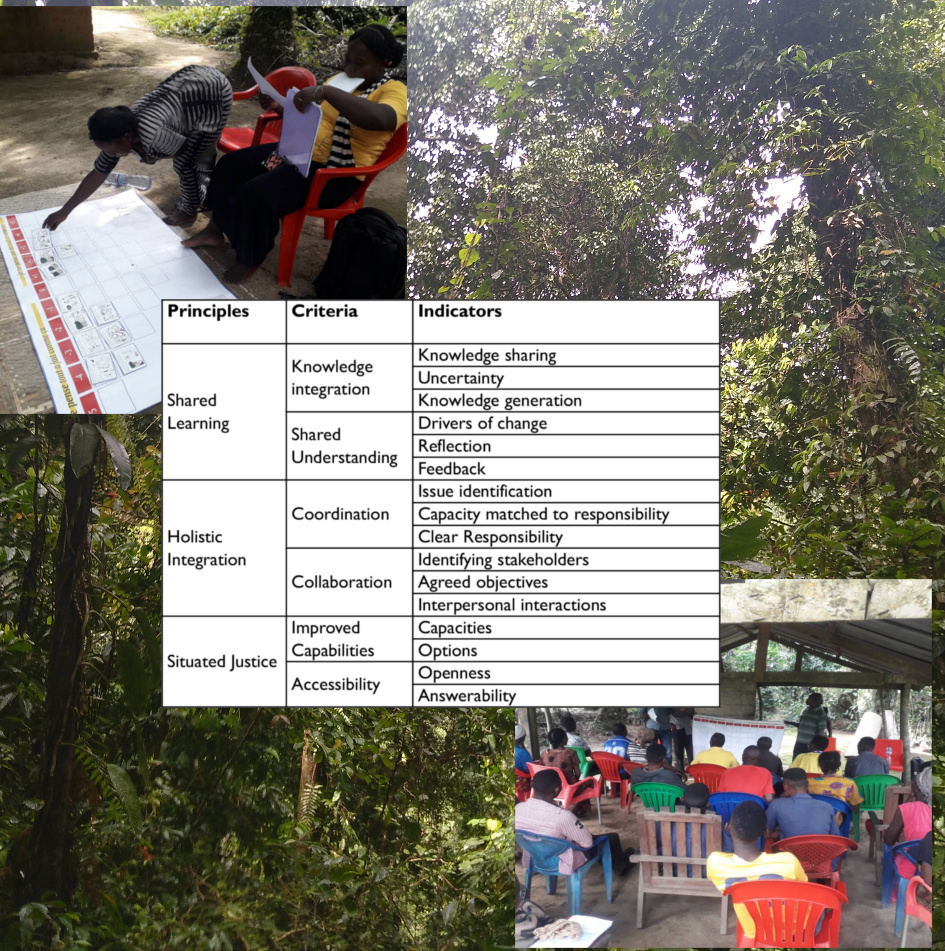Sustainable landscape management of primary forests rests on three key pillars: ecosystem integrity, strong governance and effective planning. In many primary forest contexts planning is informal with limited or only nascent formal planning processes occurring. Nonetheless, communities and other stakeholders are making decisions about the future land uses and activities - informal planning that fundamentally impacts forest protection and landscape sustainability. Evaluating these informal planning processes is essential to improving landscape management. However, there are limited tools available to evaluate informal planning.
This paper outlines a principles, criteria and indicators framework for evaluating informal and nascent planning processes, based on planning theory and the data gathered from across the Primary Forests and Climate Project.
The framework is based on three principles of planning:
- Shared learning
- Holistic integration
- Shared justice
The framework provides a practical way to evaluate informal planning processes against these three principles.
Communities and other stakeholders are making decisions about the future land uses and activities, and evaluating these informal planning processes is essential to improving landscape management
The framework provides the basis for qualitative surveys and interviews that gather community and stakeholder views and perceptions of the planning indicators. This allows for a participatory and bottom-up approach to evaluating planning, which also supports shared learning. The planning evaluation is designed to be relatively cheap easy to implement, but also allows for greater sophistication where resources and capacity allow. Crucially, it supports consistent, theoretically grounded and ongoing assessment of 'planning', even when planning is highly informal.
The planning evaluation is designed to be used alongside a governance evaluation and a ecosystem integrity evaluation to provide a complete assessment of current landscape management, and help stakeholders identify key strengths and weaknesses in current processes.
Article authors
Ed Morgan
Brendan Mackey
Reference
Morgan, E. A., Osborne, N., & Mackey, B. (2022). Evaluating planning without plans: Principles, criteria and indicators for effective forest landscape approaches. Land Use Policy, 115, 106031. https://doi.org/10.1016/j.landusepol.2022.106031
Request a copy of the article
If the download article link below doesn’t work, or leads to a page that requests payment, please click the link to the author profile above and request a copy directly and they will be happy to assist. Not all reviewed journal articles are published as ‘open access’, which are free to download.



